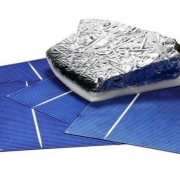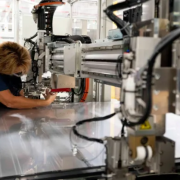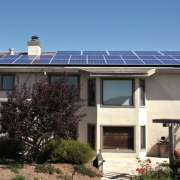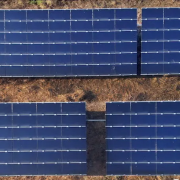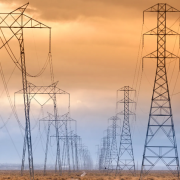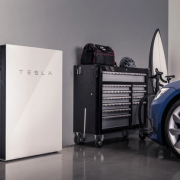With the Inflation Reduction Act now established, attention turns to broader development of a domestic solar PV supply chain. The U.S. has its share of solar module manufacturers, but the raw materials — from silicon to polysilicon to wafers and ingots — are still sourced overseas. Can that start to change?
Maybe! The first signs of life come via Mississippi Silicon LLC — the first new silicon metal facility in North America in 40 years — which has announced plans to work with REC Silicon to help establish a low-carbon and fully traceable U.S.-based solar supply chain. The companies have signed a memorandum of understanding (MOU) committing them to negotiate a raw material supply agreement.
Click here to read the full article
Source: Solar Builder
—
If you have any questions or thoughts about the topic, feel free to contact us here or leave a comment below.

